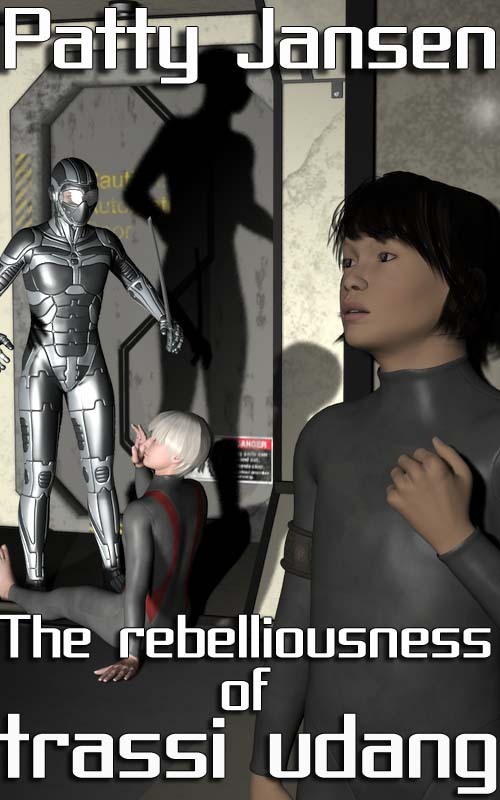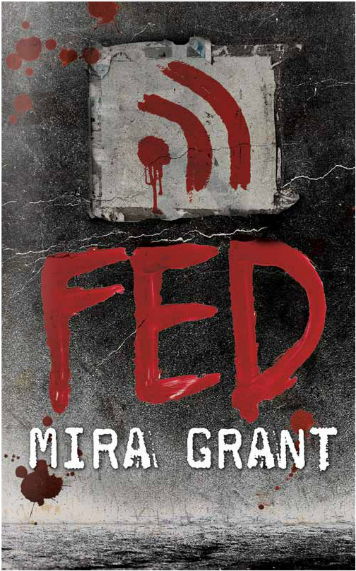Happy New Year, my lovely readers!
🍾🥂🎆🎇🎊🎉
I said I would probably be back in 2017, and I am. Turns out what I needed wasn't so much a break from blogging per se, but a break from feeling obliged to read. And the space to be completely unproductive in my spare time. Or something. 2016 was hard and often crappy. Here's hoping that 2016 is an improvement.
🍾🥂🎆🎇🎊🎉
In the last few months of 2016 I did not read very many books. I watched rather a lot of K-dramas and played rather a lot of board games. In total I ended up only reading 71 books in 2016. Most of them in the first half of the year. Here's a chart:
I was in Sweden for the first three months of the year, Australia for the second three months and Belgium for most of the last six months. Make of that what you will. Though I did end up seeing in the new year in Melbourne. Also, this year has had 3 summers and 3 winters, more or less. If a seasonal body clock was a thing, mine would be very confused.
🍾🥂🎆🎇🎊🎉
Anyway, I wanted to say a bit about the books I read that didn't get reviews. Two of the books I read I did review and those will be going up in the next few days. I will skip those now. The other books I read were:
- Of Power, Politics and Pesky Poltergeists by JK Rowling
- Of Heroism, Hardship and Dangerous Hobbies by JK Rowling
- Chimera by Mira Grant
- Skin by Ilka Tampke
- Romancing the Inventor by Gail Carriger
- Poison or Protect by Gail Carriger
- Harry Potter and the Chamber of Secretes Illustrated Edition by JK Rowling
- Seeing Red (Ambassador 1) by Patty Jansen
- Daughters of the Storm by Kim Wilkins — review coming
- Mars Evacuees by Sophia McDougall — review coming
The two
Hogwarts books were interesting and pretty much what I expected after reading the first one. I live in hope that one day we'll get a complete (paper) edition of all the worldbuilding and backstory that JK didn't put into the actual books. I suppose for now that's on hold because of the Fantastic Beasts movies.
Chimera by Mira Grant was the conclusion to the Parasitology which I enjoyed and which was a satisfying conclusion. When I finished it, I contemplated trying to write a review and found that I didn't have much to say that I hadn't either said in a review of the first two books or that wasn't a spoiler. So. Read that series if you like SF horror and don't mind reading about a tapeworm apocalypse. Or if you liked Newsflesh but thought there was too much US politics in it.
Skin by Ilka Tampke was a gorgeous historical fantasy set in pre-Roman Britain and featuring such side characters as Taliesin. It's probably the book I regret not reviewing the most, but it didn't happen at the time and now it's too late. It was really good, though, and I am very much looking forward to reading the sequel when it comes out (later this year, I hope). The review should have also counted towards my Australian Women Writers Challenge. Alas.
Romancing the Inventor and
Poison or Protect by Gail Carriger were romance novellas set in the Soulless/Finishing School universe. The first featuring a long-awaited f/f HEA for Genevieve and the latter featuring Preshea and showing us that she's not all bad, despite being Saphronia's school antagonist. Both were fun reads, as one would expect from Carriger. Read them if you have enjoyed either of her series. I look forward to more novellas to come.
The Illustrated Harry Potter and the Chamber of Secrets by JK Rowling and Jay Kay was, obviously, the same story we all know and love with the addition of gorgeous artwork. I enjoyed it, but I think I liked the illustrations in
Philosopher's Stone more. Maybe that was just because they were more novel, though. I did discover that you can line up the Diagon Alley illustrations from the two books and get a super long Diagon Alley, so that was cool.
Seeing Red by Patty Jansen is a science fiction novel I've been meaning to read for ages and finally got around to. I enjoyed it but didn't feel a burning need to read the sequel immediately. I am actually more keen to read
Soldier's Duty, which is set in the same world but a different time period.
🍾🥂🎆🎇🎊🎉
And as for reading goals this year. Well. I want to avoid burning out again and don't want to put too much pressure on myself and risk enjoying the reading less. Right now, it's important to me to actually enjoy the things I do since a lot of 2016 wasn't enjoyable. (Don't get me wrong, there were high points like the release of
Defying Doomsday, finishing my PhD and seeing friends.) But at the same time I'm not ready to completely give up the blog. So my goal is going to be to read and review at least one book a week. I toyed with choosing a day to regularly post the review, but I'm not sure what will end up working best. Also, I hope to read
more that that, but that's the bare minimum I will not hate myself for meeting. Or something.
In the meantime, keep and eye out for a few reviews next week. Two from last year and one that I've got a head start on since I ended the year very close to the end of
An Accident of Stars by Foz Meadows.
Oh, and one more resolution: I plan to put down books I'm not enjoying more easily. More DNF and less feeling guilty about it. Something I've been trying to work towards for a few years now. Which means that right now I'm going to do a purge of my currently reading lists on LT and GR and move the books I'm halfway through to a DNF shelf in iBooks. Cue determination.












 Countdown
by Mira Grant is a novella set in the same universe as her Newsflesh
trilogy. You can read my reviews of the trilogy at the following links:
Countdown
by Mira Grant is a novella set in the same universe as her Newsflesh
trilogy. You can read my reviews of the trilogy at the following links: Blackout by Mira Grant is the final novel in the Newsflesh trilogy. I have previously reviewed
Blackout by Mira Grant is the final novel in the Newsflesh trilogy. I have previously reviewed  Deadline is the second book in Mira Grant’s Newsflesh trilogy. You can read my review of the first book,
Deadline is the second book in Mira Grant’s Newsflesh trilogy. You can read my review of the first book, 



 Feed by Mira Grant is a novel I picked up earlier this year and left lying around on my ereaders while I was distracted by other things. Now that I’ve read it, I wish I didn’t have to read two more books before buying the sequel.
Feed by Mira Grant is a novel I picked up earlier this year and left lying around on my ereaders while I was distracted by other things. Now that I’ve read it, I wish I didn’t have to read two more books before buying the sequel.